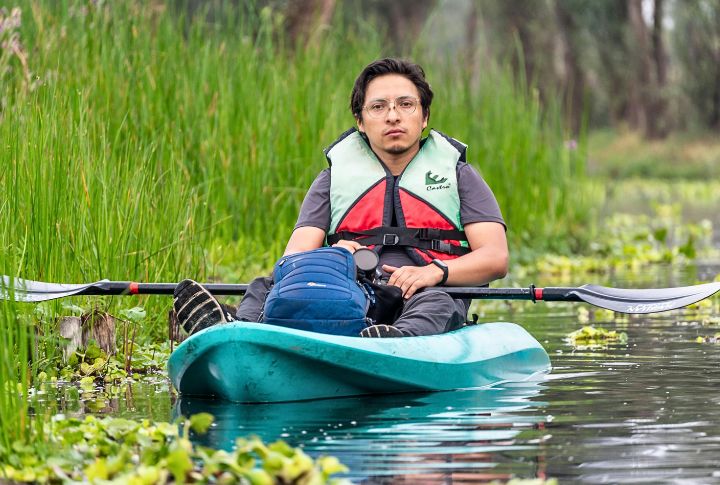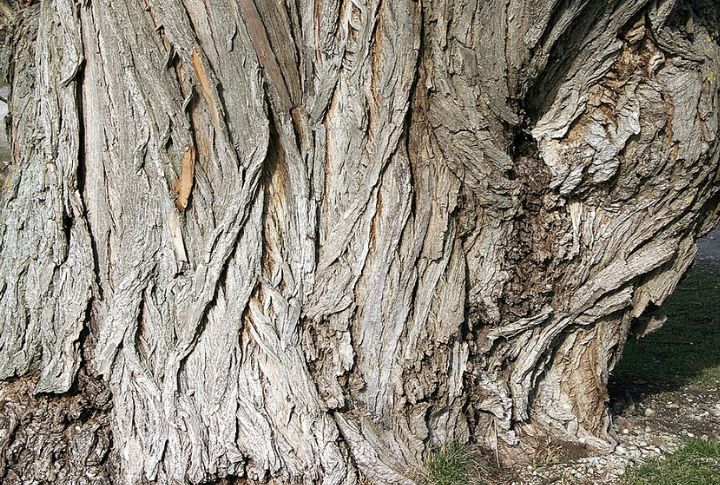
Modern convenience owes an enormous debt to Native American ingenuity. Before European contact, these cultures had already engineered solutions for health, architecture, and more. Their work blended practicality with deep environmental understanding to create designs perfectly in tune with nature’s rhythm. Their genius deserves more than a passing mention—so let’s give credit where it’s due and see how innovation truly began.
Kayak
Inuit and Aleut hunters crafted the first kayaks to glide silently through Arctic waters. Built with animal skins stretched over whalebone frames, these sleek boats were vital for survival. Their name, meaning “hunter’s boat,” reflects a design that perfectly balanced speed and strength.
Snow Goggles
When snow glare threatened vision, the Inuit came up with an elegant fix—snow goggles carved from bone, ivory, or wood. Narrow slits filtered the light and sharpened sight to turn necessity into artistry as many pairs were beautifully decorated with intricate carvings and painted designs.
Suspension Bridges
Crossing deep Andean gorges wasn’t a problem for the Incas, who engineered suspension bridges from woven grass and plant fibers. Some stretched more than 100 feet, rebuilt yearly by local families. Their clever design still influences the structure of modern suspension bridges today.
Chinampas (Floating Gardens)
Aztec farmers found a way to grow food on water through chinampas—floating gardens built with layers of mud, reeds, and vegetation. These fertile platforms produced up to seven harvests a year. You can still see them thriving in Xochimilco’s shimmering canals today.
Aspirin Precursor (Willow Bark)

Before pharmaceuticals existed, Native Americans eased pain and fever with willow bark. It contained salicin, the same compound later used in aspirin. Some chewed it, others brewed it into tea, unknowingly laying the groundwork for one of medicine’s most common remedies.
Oral Contraceptive (Stoneseed)
Generations of Native American women turned to the stoneseed plant for birth control. By steeping its roots into tea and drinking it daily, they could prevent pregnancy for months at a time. Known also as gromwell, it remained a trusted natural safeguard.
Syringe
Centuries before European medicine adopted the syringe, Native Americans were already using hollow bird bones and animal bladders to deliver healing liquids. They treated wounds, cleansed infections, and even performed purification rituals—proving innovation in healthcare reached remarkable heights long before modern tools appeared.
Hammock
Indigenous communities in Central and South America invented a comfortable place to sleep. Woven from tree bark or plant fibers, their hammocks lifted sleepers above the damp ground. Sailors later embraced the idea by adding swaying beds to ship quarters.
Moccasins
Soft, sturdy, and built for movement, moccasins were Native Americans’ answer to rugged terrain. Crafted from deerskin or supple leather, they offered protection without losing flexibility. Each tribe designed unique soles and beadwork, influencing modern footwear—from driving shoes to contemporary fashion staples.
Lacrosse
What began as a spiritual game among the Haudenosaunee (Iroquois) grew into one of the world’s oldest team sports. Using netted sticks and small balls, hundreds played at once to settle disputes or train warriors. French settlers later renamed it “lacrosse,” after a bishop’s staff.

